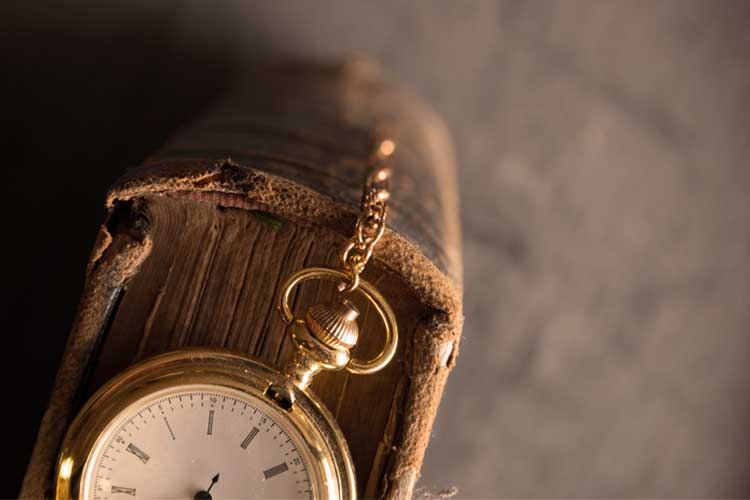We “spring forward” in March to experience more daylight in the evening. In November, we “fall back” and turn back the clock—making way for the short days and long nights of the autumn and winter seasons. Besides making you late (or early) for work the next day, this time-traveling can disrupt your energy, mood, and even your daily routine.
Thankfully there are things you can do and steps you can take to help acclimate you and your family to the impending time change. Our “Fall Back Checklist” for you and your home will help you prepare for and make it through the time jump with ease.
Fall Back Tips for a Smooth Time Change
Start Adjusting Beforehand
It may seem insignificant, but even just one hour can wreak havoc on your system. Attempting to adjust to a time change all at once can make that hour seem even longer. A better strategy? Take it slowly and adjust your sleep schedule by 10-15 minutes over the course of a few days before the end of Daylight Savings Time.
Get Some Exercise
The time change is a good a time to make use of early morning sun with a new exercise routine to kickstart your day. Exercising, especially in the morning or earlier in the day, releases serotonin in the brain, which can help our bodies adapt to the time change with ease.
Wake Up at Your Usual Time
When we set our clocks back, some of us get excited at the prospect of sleeping for an extra hour. You may even plan to go hog wild and stay up later than normal in giddy anticipation for a snooze button break. Before you do, consider this—if you go to bed at what would be your normal bedtime, and set your alarm for the same time you usually rise and shine, your natural circadian rhythm will have an easier adjustment to the time change. So resist the urge to sleep in. Even though it’s technically an hour earlier than you’d normally get up, set your alarm for its usual time. This will help acclimate you to the change even faster.
Soak Up the Sun
The new season brings with it early morning sun and longer nights. You may have already noticed it getting darker earlier than normal, but the time change produces a big shift in daylight hours. Thankfully, this is nature’s way of helping you transition naturally—so making good use of the sun and moon cycle helps improve your natural rhythm. So how do you make good use of the change? For starters, soak up the sun. During the first week of shorter days, spend as much time outdoors as possible. Fewer hours of sunlight can interfere with your circadian rhythm and serotonin levels until your body adjusts. Ensuring you get outdoors and breathe in as much fresh air as possible during those first few days will ensure a smoother adjustment.
Limit Caffeine and Alcohol
For a day or two before the time changes, it is best to limit caffeine and alcohol. Both can have a negative impact on your sleep cycle—affecting both when you’re able to fall asleep and how easily you wake up. The time change is also known to trigger cluster headaches in those that are prone to the ailment. Avoiding caffeinated or alcoholic beverages lessen the chance of painful headaches as you “fall back.”
Resist the Urge to Nap
For the first few days after Daylight Savings Time ends, a short catnap craving can sneak into your afternoon. No naps. Resist the temptation! It’s best to avoid them (especially long ones), or acclimating can become difficult. If you’re feeling tired, try taking a brisk walk instead. If you really can’t hold out, nap earlier in the day and for no longer than 20 minutes.
Fall Back Checklist For Your Home
Change Clocks and Batteries
While our cell phones and computers may update automatically, most home clocks are not as privileged. It is a good idea to do a walk-through of your house before you go to bed and turn back all your clocks. Don’t forget the alarm clocks, wall clocks, microwave, and appliances—as well as your home entertainment area and any other clocks scattered around the house.
Check Smoke and Co2 Detectors
Inspect your smoke and carbon monoxide detectors. Smoke and Co2 detectors require very little maintenance, but it’s good practice to change your batteries twice a year. When Daylight Savings Time begins and ends is a good rule of thumb to abide by and make it a habit.
Check and Replace Light Bulbs
Long dark winter evenings call for a little illumination so turning back the clocks is a good reminder to check and replace any bulbs that need it. Since you’ll have stepladders out to reach smoke detectors and clocks on Time Change Sunday anyway, giving the lights and fixtures a look is a good way to two-birds-one-stone your efforts.
Prep Your Car for Fall and Winter
The sun slipping beneath the horizon so early in the fall and winter can shake up your day-to-day work routine more than you think. Mentally preparing for a few months of leaving the office in the dark is a good idea. But, making sure to prep your car for the influx of drive time at night is a definite must. This means inspect your headlights and windshield wipers and change them if needed. For the fall and winter, rush-hour traffic becomes dark rush-hour squared. Since most accidents occur at night when visibility is low, you can see how this rush hour/nighttime convergence can be a recipe for accidents.
Follow these tips while you prepare to turn back the clocks for the fall and it is sure to be a piece of cake. Plus, look on the bright side—marking the end of Daylight Savings Time has the benefit of an hour gained rather than an hour lost. What could you do with an extra hour? We’re giving away a free Custom Comfort Mattress to find out. Enter our Fall Back Sweepstakes (available to Southern California customers) for a chance to win a new Custom Comfort Mattress just in time for the new season.





















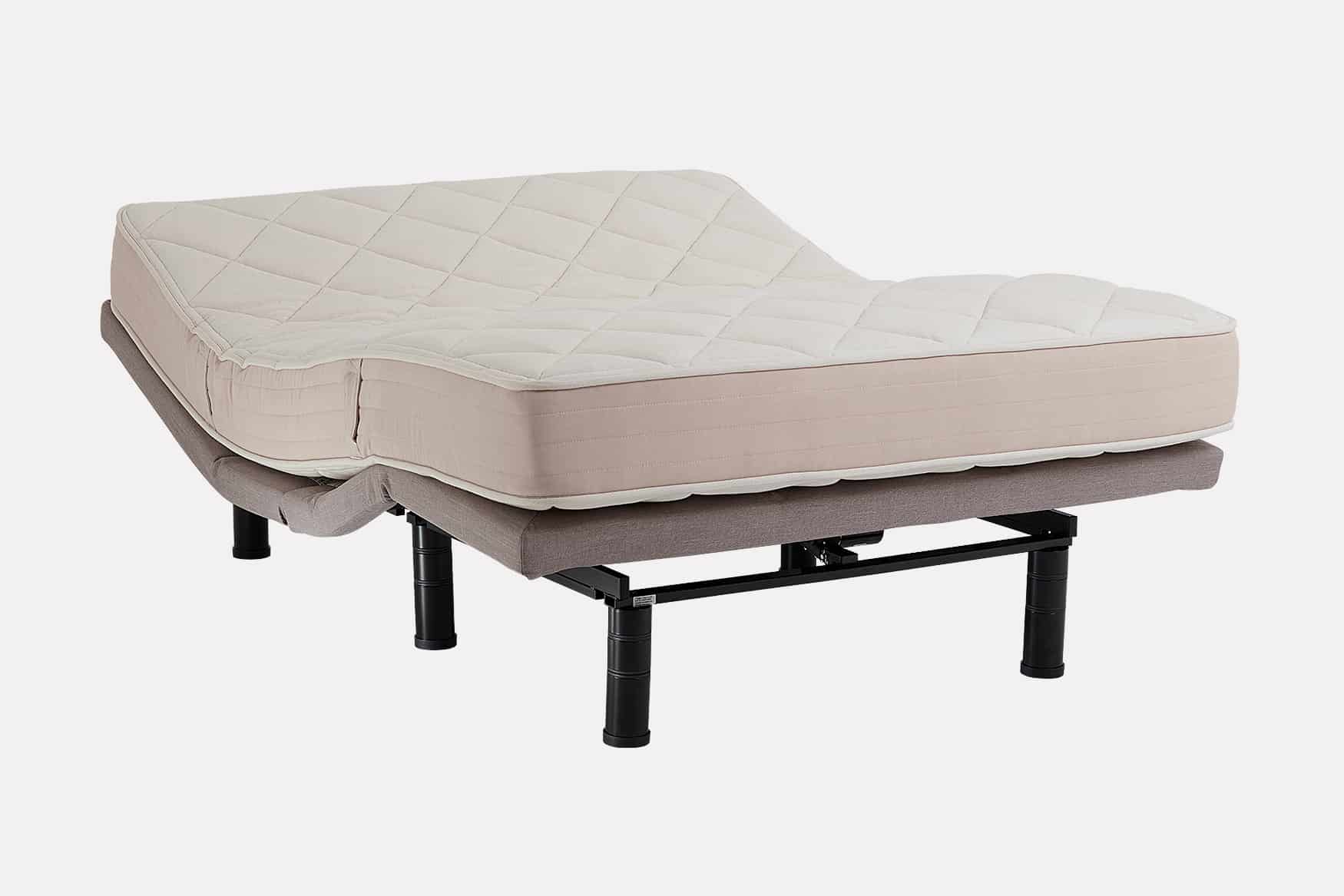
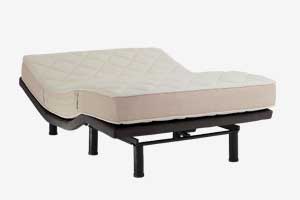
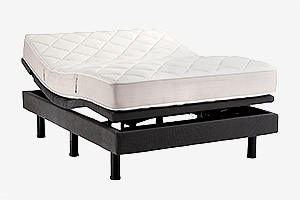










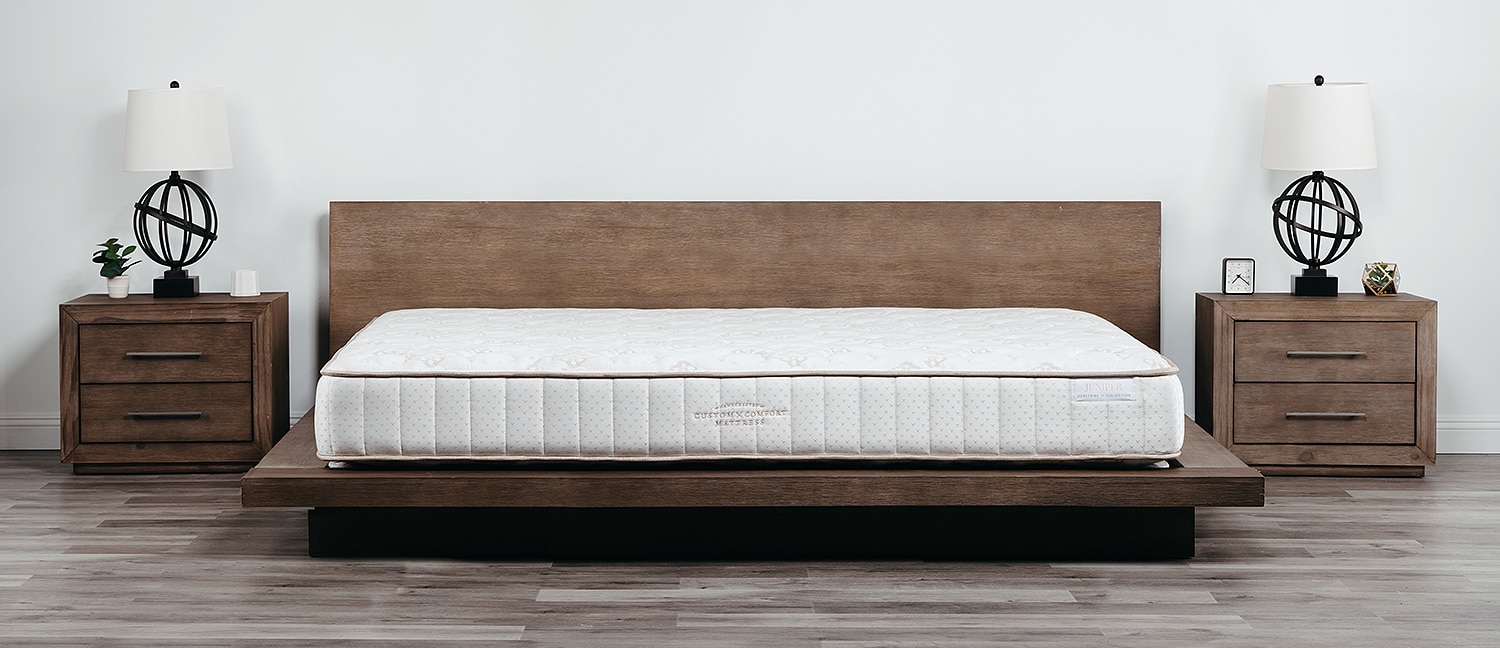
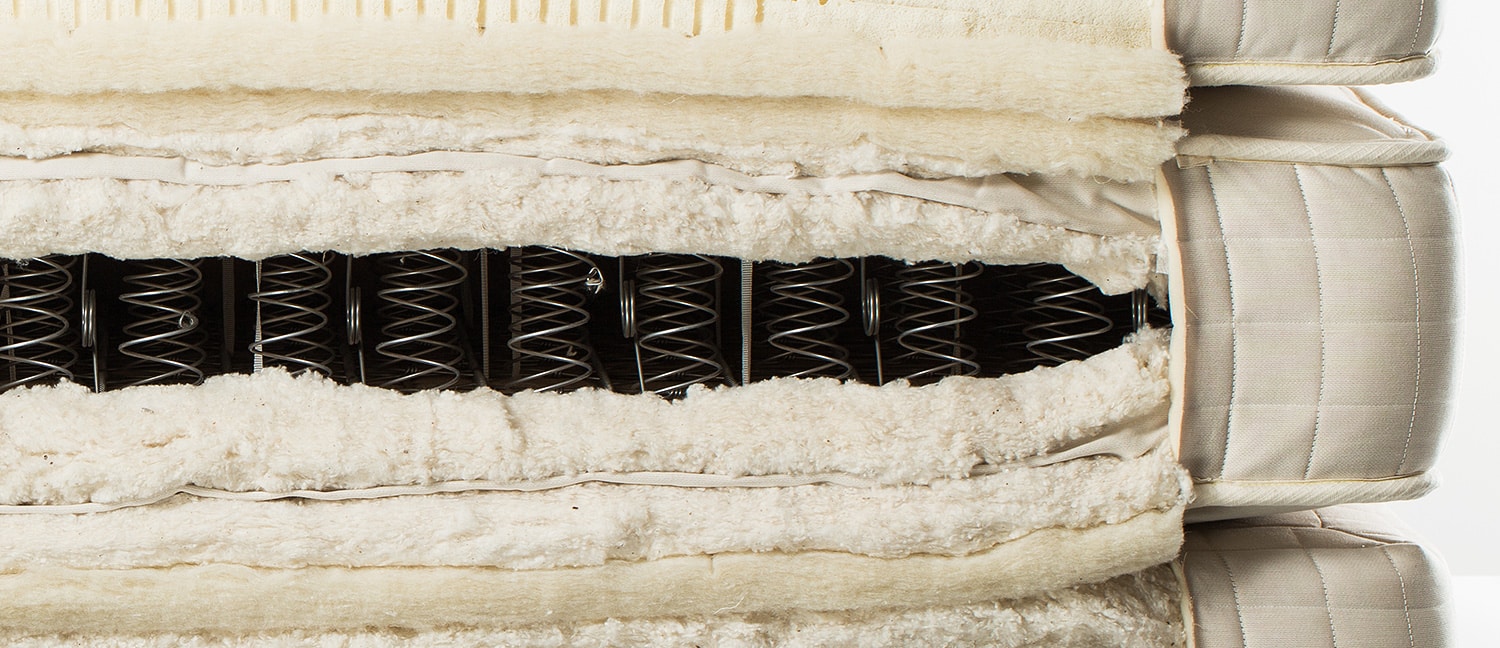
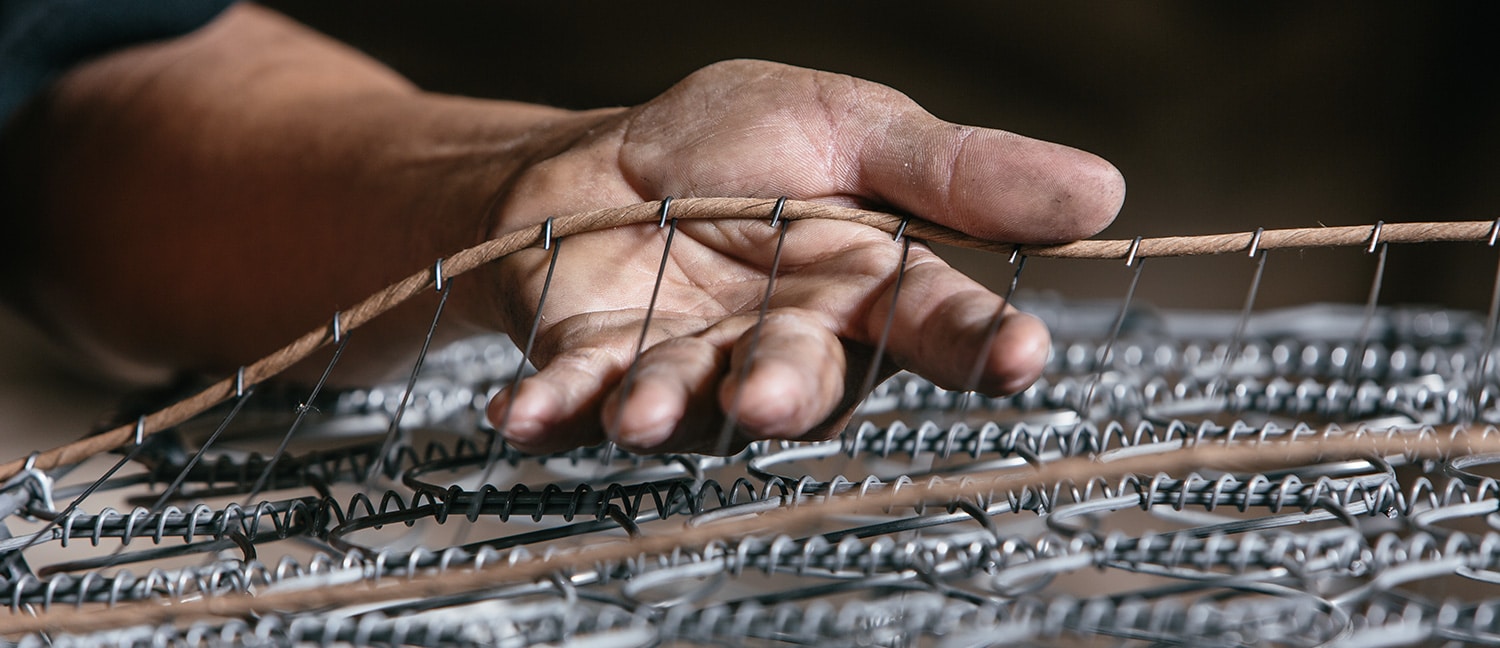







 24002 Via Fabricante, Suite 100
24002 Via Fabricante, Suite 100 949-855-6030
949-855-6030
 24002 Via Fabricante, Suite 100
24002 Via Fabricante, Suite 100









